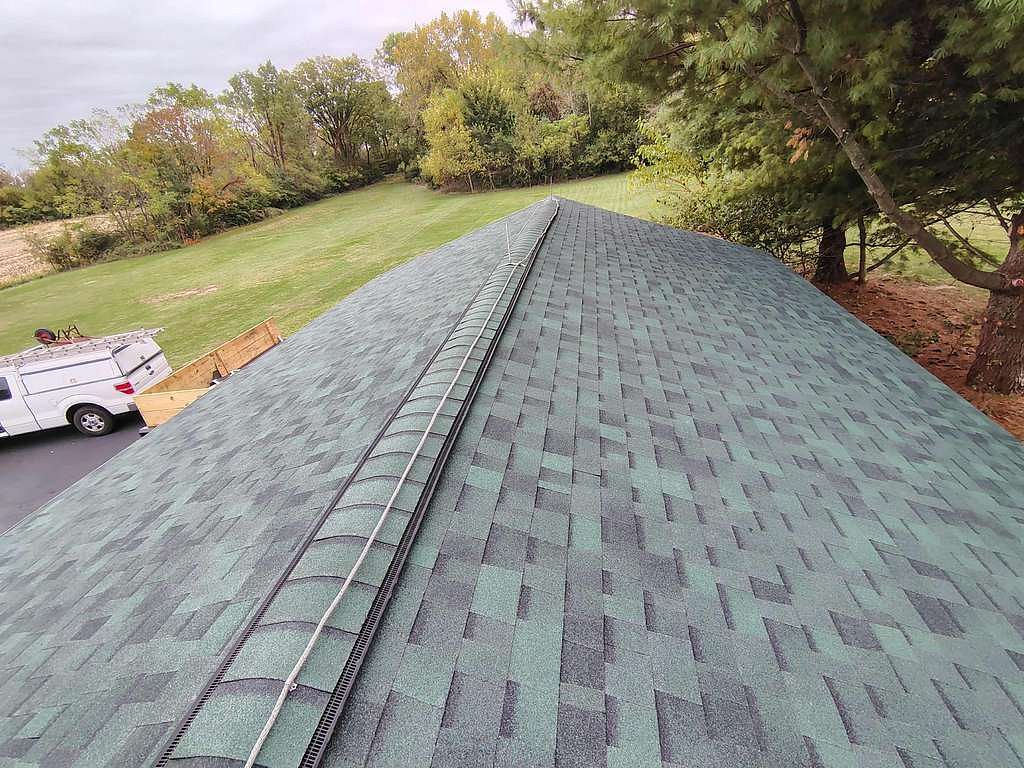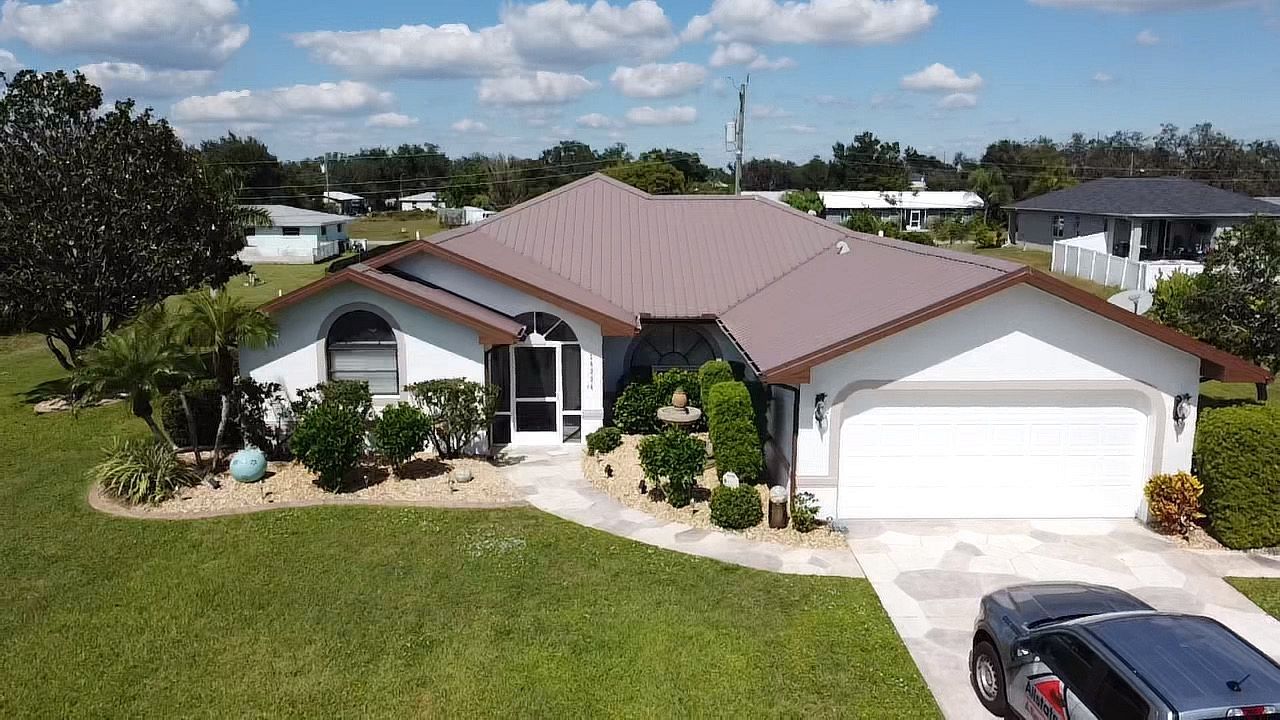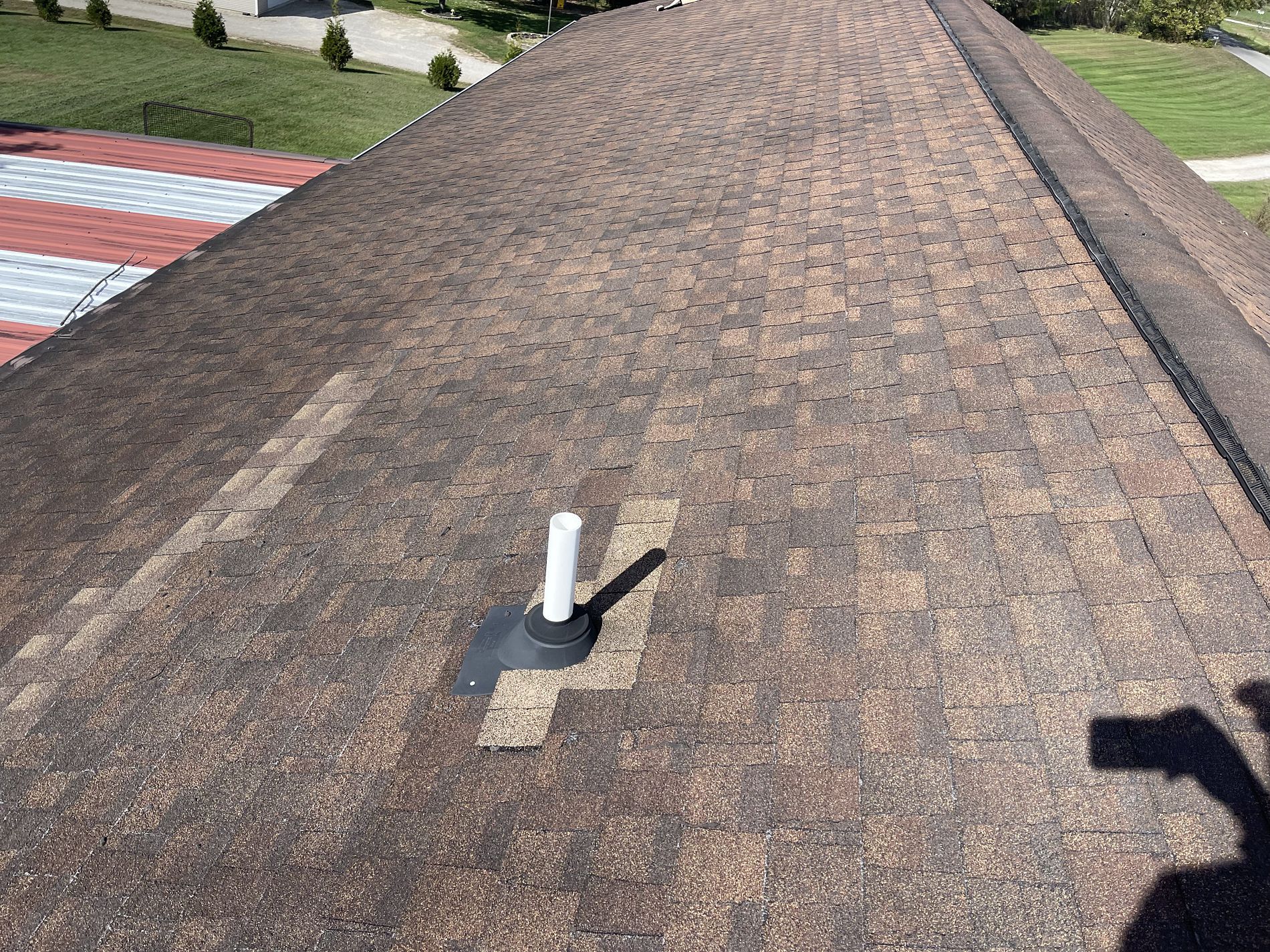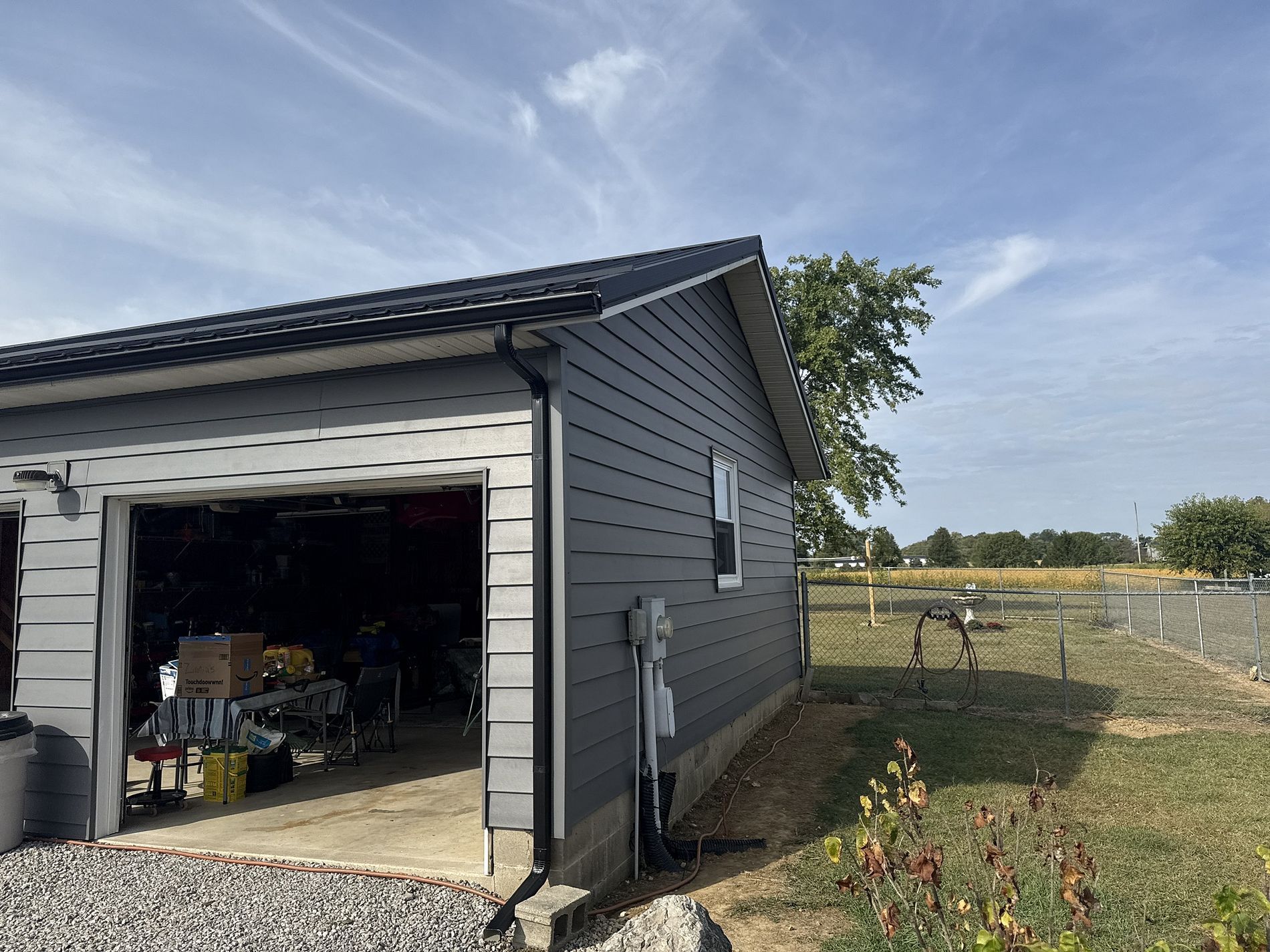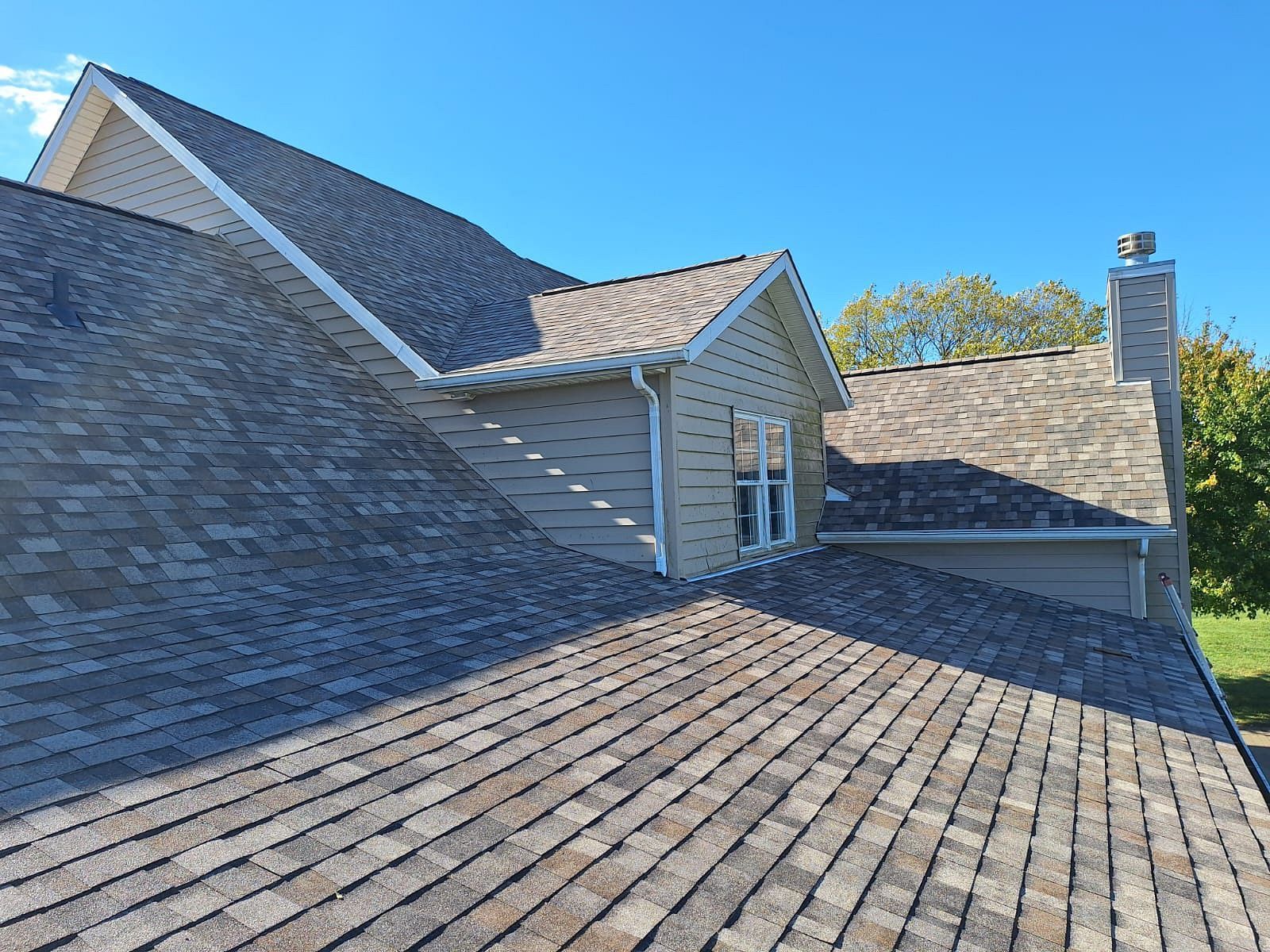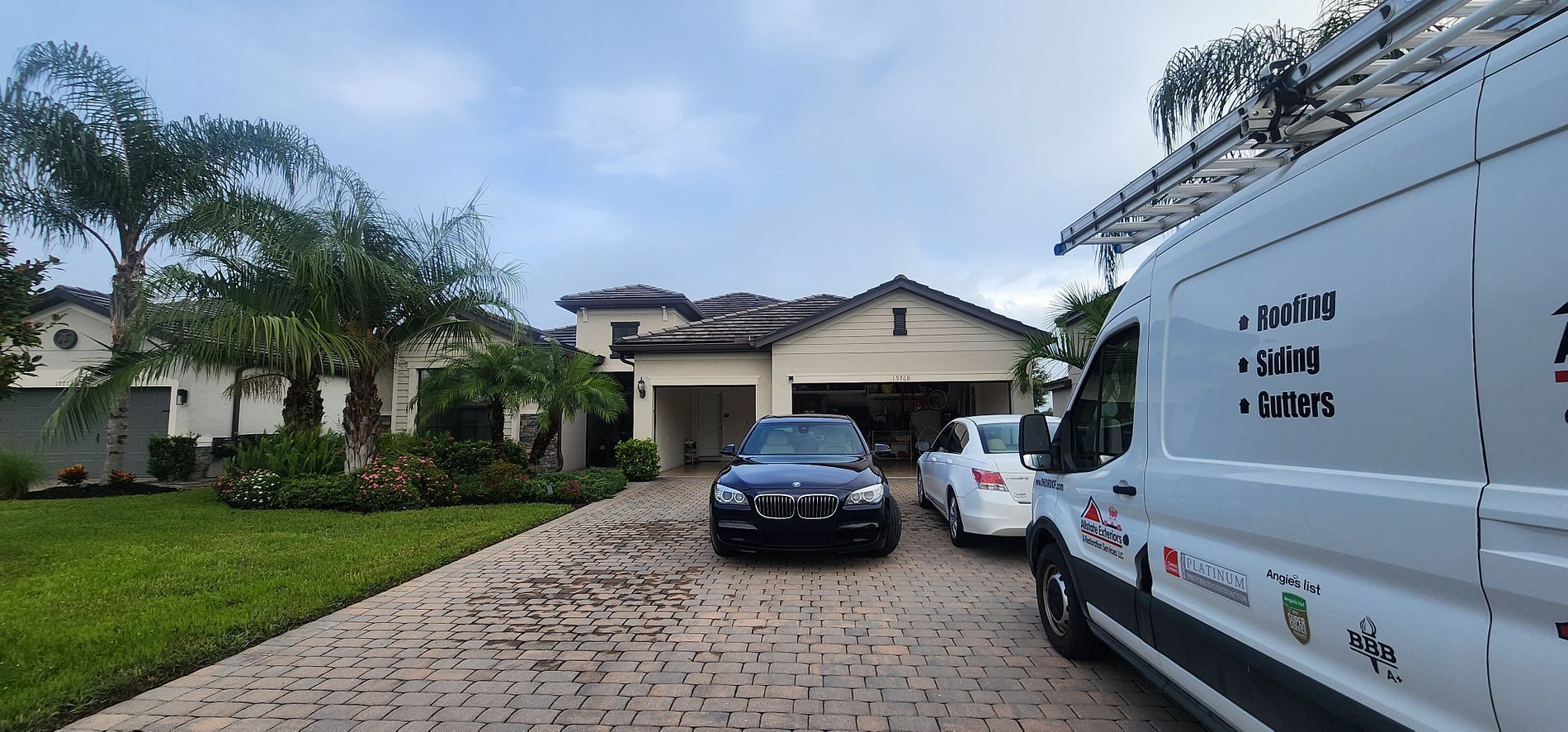Will Vinyl Siding Increase The Value Of Your Home?

Whether you plan to set up your home for sale in a few years or stay in it for a lifetime, it’s essential to know which exterior product will add more value when doing an improvement project. Vinyl siding can significantly impact your home’s appearance and increase its overall value by adding a fresh appearance, energy efficiency, durability, and low maintenance. According to the 2019 Home Remodeling Impact Report, vinyl siding upgrade typically increases a home’s value.
Other than making your home beautiful, vinyl siding is highly durable. It is resistant to damage from storms, cracks, peeling, moisture damage, and more. Besides, insulated vinyl siding provides maximum durability and enhanced energy efficiency. The foam backer serves as more than just a shock absorber for impact; it helps to reduce heating and cooling bills and make your home’s interior more comfortable and quiet.
Having lower utility bills in a home is undoubtedly appealing to many buyers. With a beautiful appearance, durability, and low maintenance, vinyl siding is an excellent choice for any homeowner looking to increase their home’s value and make it more attractive to potential buyers.
Things To Look For When Choosing Vinyl Siding
Always consider the following three things when choosing vinyl siding to increase your home’s value:
1. Low Maintenance
Vinyl siding is a popular exterior home covering due to the low maintenance needed to upkeep its beautiful appearance. It never needs to be caulked or painted. You can clean it with mild soap and water as needed.
2. Longevity
Vinyl siding typically lasts between 20 and 40 years, or even more with regular maintenance. The products are usually tested, certified, and UV-protected to ensure color retention. As a result, you can rest easy knowing your siding will not fade over time. As a polymeric product, vinyl is immune to water damage. Besides, you will never have to caulk or paint the siding to seal out the water and won’t absorb moisture.
3. Beautiful Appearance
Whether your current siding is old and faded, there is water damage, a pest infestation, or cracks are exposing your house to the elements, new vinyl siding is the perfect opportunity to create a brand “new” house at the same address. New vinyl siding can significantly impact the appearance of your home and improve its value. It only takes about seven seconds to make a first impression, so if you’re planning to put your home on the market, curb appeal is everything. Vinyl siding comes in a wide range of colors and profiles, so you can seamlessly create your desired look.
Overall, adding new vinyl siding to your home can uplift its value. It’s essential to choose a siding option to maintain the value for years to come, regardless of what Mother Nature throws at it. If you’re considering new siding for your Central Ohio home, Allstate Exteriors & Restoration is your contractor of choice. Contact us today to schedule a free consultation!
